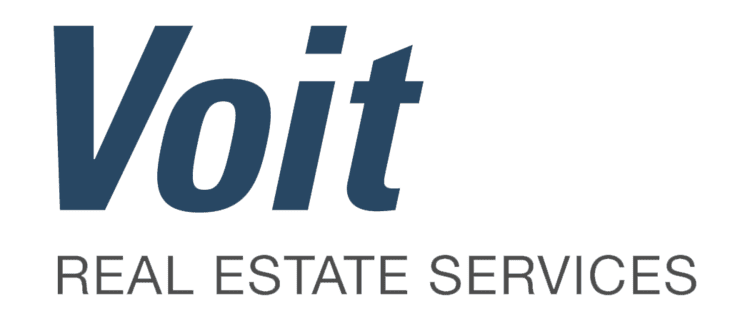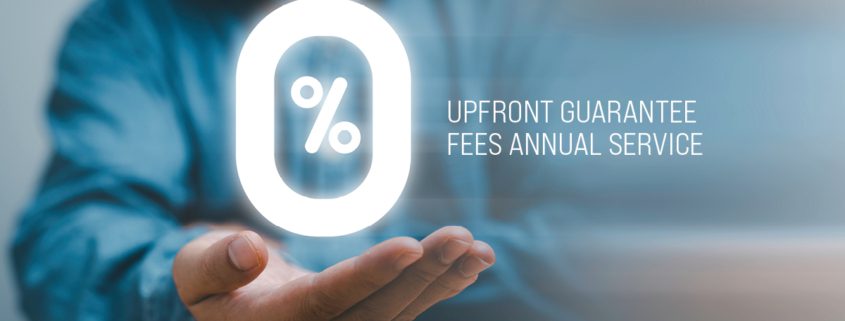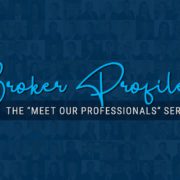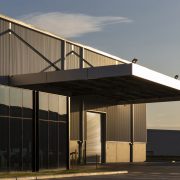SBA Program Incentives and Updates Spur Loan Volume Increases
The U.S. Small Business Administration (SBA) announced that it would be waiving most upfront fees for small manufacturers for the fiscal year 2026 (October 1, 2025, through September 30, 2026). The hope was to empower more small manufacturers (defined by the North American Industry Classification System, NAICS, as Sectors 31, 32, and 33) by providing capital to increase hiring, growth, and production — and to reshore jobs, strengthen supply chains, and bolster national security.
“98% of U.S. manufacturers are small businesses – and by reducing loan fees, the SBA is eliminating barriers to capital so they can invest those dollars back into the mission of rebuilding America’s industrial base,” said SBA Administrator Kelly Loeffler in a news release. The change means that for 7(a) manufacturing loans of up to $950,000, the upfront fee will be 0% and for all 504 manufacturing loans, the upfront fee and the service fee will each be 0%.
What Does This Mean for Manufacturers?
For a typical project, where the SBA loan portion (the debenture) is in the millions, the fee waiver can equate to tens of thousands of dollars in savings. These savings can be significant for a small business, even when financed over the entirety of the loan’s term.
This example of a 504 loan illustrates the dollar savings on a $5 million project to purchase a building or equipment:
SBA 504 Deal Component |
Percentage |
Amount |
Standard Fee |
| Total Project Cost | 100% | $5,000,000 | N/A |
| Manufacturer’s Down Payment | 10% | $500,000 | N/A |
| Bank Loan (First Mortgage) | 50% | $2,500,000 | N/A |
| SBA/CDC Loan (Debenture) | 40% | $2,000,000 | ≈ 2.65% |
On this $5 million loan, the SBA’s portion would be $2 million. The standard fee (at 2.65% plus a legal fee of $5,500) would be $58,500. Because the borrower is a qualifying manufacturer, the SBA waives that entire fee.
Here’s an example for a 7(a) manufacturing loan, using a $750,000 loan (over 12 months):
Cost Component |
Standard Loan |
Manufacturer (with Waiver) |
| Total Project Cost | $750,000 | $750,000 |
| SBA Guaranteed Portion | $562,500 (≈ 75%) | $562,500 (≈ 75%) |
| Upfront Fee Rate | ≈ 3.0% of guaranteed amount | 0.0% |
| Fee Dollar Amount | ≈ $16,875 | $0 |
While the waivers are a positive selling point, SBA lenders say the new program has not yet been a market driver for business owners who were not already planning major investments.
“The SBA fees in the 504 loan program are usually spread over 25 years, so borrowers may not see a big difference in payments. It might not make or break a decision to purchase real estate or equipment, but it’s obviously a big positive for those who qualify. Saving over $50,000 on a $5 million purchase, financed or not, is extremely compelling,” says Matt Foster, Business Development Officer at Harvest Small Business Finance, a non-bank SBA lender specializing in SBA 7(a), 504, and conventional commercial real estate finance.
The elimination of fees for manufacturers is not the only change for the SBA in 2025. The new SOP 50 10 contains rule changes to SBA’s loan origination policies and procedures governing the 7(a) and 504 loan programs, and includes updates to documentation, equity rules, underwriting, and eligibility.
A Banner Year
The agency had a banner year even before the SBA announced it would waive most upfront fees for small manufacturers. At the close of Q3, the SBA announced that it will close Fiscal Year 2025 with the most capital ever delivered to small businesses. According to the agency, the SBA guaranteed 84,400 small business loans totaling $44.8 billion, marking the highest lending volume in its history. That figure includes 77,600 loans through the 7(a) program worth $37 billion and 6,750 loans through the 504 program totaling $7.8 billion.
“This is one of the strongest years I’ve ever had, and as a company, we just hit it out of the park,” says Craig Samson, Senior Business Development Officer at California Statewide Certified Development Corporation. He notes that he is the number one SBA lender in San Diego, with over $100 million in SBA debentures with deals from San Diego to Northern California. Foster echoed that appraisal and added that Harvest “is having our best year ever.”
The Impact on CRE
One of the reasons for the increase in loan volume, say Samson and Foster, is that owner-users are recognizing that investors are reluctant to purchase properties in a higher-rate environment. “The investor market is still dry. The rates aren’t low enough for investors to get interested in bidding on [properties] because sellers are just not willing to drop prices, and I think they’re waiting it out,” says Foster. “But the owner-user doesn’t look at it on a 3–4-year time horizon; they’re looking at a 10-20-year horizon. So, they’re saying, ‘I would love to get into a property’ because I’ve got no investors bidding on these [assets] right now.’ So, it’s kind of an owner-user buyer’s market now.”
One problem that potential owner-users in Southern California are facing, however, is a lack of available assets. “When I talk with brokers and ask how their year (for owner-user sales) is going, the majority of them are saying it’s been steady but flat, with no real increase year over year,” says Samson. “I have a good amount of clients in the pipeline, but they just can’t find the building. So, the inquiries are there and the phone is ringing, but the actual deals aren’t happening. It’s just weird in the market right now.”
There’s also been a shift on the part of the banks that is creating more business for SBA lenders. Since the banking crises of the past couple of years involving Signature, SVB, First Republic, etc., many major banks have prioritized strengthening their balance sheets, focusing on gathering deposits, and building client relationships, rather than piling on more commercial debt. “The banks became very cautious with their balance sheets and tightened up on what kind of and how many loans they were going to do. So, it opened the door for a lot of private lenders like Harvest,” says Foster.
More Good News on the Way?
In addition to the waiving of fees, SBA lenders are anticipating an even bigger boost for owner-occupiers. There are bipartisan efforts in Congress, led by U.S. Senators Amy Klobuchar (D-MN) and Todd Young (R-IN), to improve the SBA’s “504” loan programs. The “504 Modernization and Small Manufacturer Enhancement Act,” led by Klobuchar, would significantly increase the maximum debenture loan amount for the SBA 504 program from $5 million to $10 million. The “504 Credit Risk Management Improvement Act of 2025,” led by Young, would increase and streamline oversight of the 504 loan program and allow for greater accountability and efficiency. “They’re hoping to have it approved in the next couple of months is what we’re hearing,” says Foster. “If that were to happen, along with this waiver on the debenture fee for manufacturers…that’s quite a bit of difference.”








